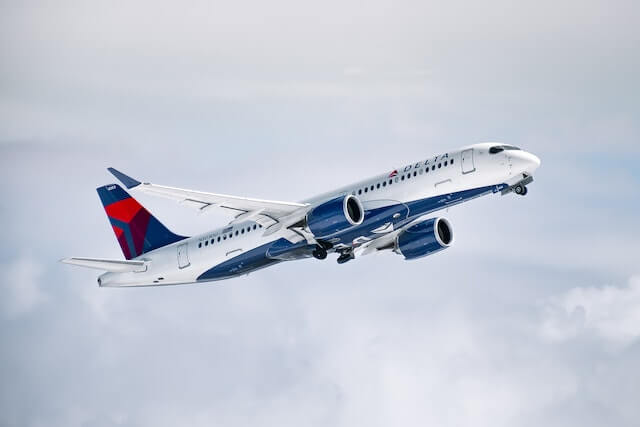The aerospace sector is poised to keep growing as new advancements are introduced. In the United States alone, the industry is expected to grow by as much as $3.6 trillion in value between 2022 and 2041. Innovation and the latest technological disruptions will contribute to the sector’s development. Ultimately, suppliers and consumers will both benefit from these emerging trends as the industry enters a new phase. Let’s take a look at a few key developments that are happening right now.
The era of artificial intelligence
We are now in the age in which artificial intelligence (AI) technology has become a major tech investment option. With tools like ChatGPT and Google’s Bard, AI may be in its formative years, but continued research will enhance its capabilities and help in the evolution of other industries, specifically aerospace.
While there is still much work to do in developing near-perfect AI technologies, the aerospace sector is already implementing the concept in manufacturing and navigation. By integrating smart engineering tools, manufacturers can use AI to come up with innovative designs and run accurate simulations. In addition, AI can also aid in asset maintenance and repair, allowing end users to detect potential issues before they get worse.
When it comes to navigation, AI systems can help improve aircraft safety and logistics efficiency. Through machine learning, AI tools can help pilots chart safer flight paths and automatically implement safety measures if they detect changing weather conditions. There is still so much that AI can bring to the table, but these developments offer the aerospace industry a glimpse of the not-so-distant future.
Reaching for the stars
Space exploration has come a long way ever since Apollo 11 landed on the moon. Tesla is working closely with NASA to turn interstellar travel into a reality. Although this would not happen within a lifetime, the necessary technology already exists.
Working closely with partners that help procure aircraft parts and develop computer systems, NASA along with the aerospace industry is working on building spacecraft equipped with advanced communication systems and propulsion mechanisms. These developments will not only benefit the future of space travel, but they will also help enhance terrestrial air travel. The latest developments in spacecraft design will eventually be implemented in the commercial air travel industry. The possibilities are endless so long as we continue looking beyond the stars.
The need for greater sustainability
Addressing the climate impacts of air travel remains a critical issue that industry stakeholders must not ignore. According to WeForum.org, the industry emits at least 2.5% of CO2 emissions. For this reason, aerospace manufacturers are coming up with more sustainable designs. One important development is the use of sustainable aviation fuel or SAF made from agricultural waste and organic fuel sources such as algae and corn grain.
While these are not yet readily available on the market, manufacturers are already working on SAF-ready aircraft. It takes time, but when it comes to reducing the industry’s carbon footprint, there is no other available alternative to do so.
With these trends, we will be seeing the aerospace industry step into a new evolutionary phase.
















